Moroccan cuisine is the most famous fare of Northern Africa and perhaps after Ethiopian cuisine, the most coveted food from Africa.
Throughout the world you will find Moroccan Restaurants proudly servings its fare, with many of the dishes influencing not only the region, but global eating habits.
Here is the YPT guide to Moroccan Cuisine
Moroccan cuisine is usually a mix of Arab, Amazigh, Andalusian, and Mediterranean cuisines–such as Spanish– and to an extent French influences.
The base of the cuisine is beef, goat, mutton, chicken and seafood served in carrying arrays of spices. The staple being wheat, which is used to produce amazing breads and probably the most famous of their foods– couscous.
Spices are a big deal and probably are why the cuisine is so loved. The most common used spices are cinnamon, cumin, turmeric, ginger, paprika, coriander, saffron, mace, cloves, fennel, anise, cayenne pepper, fenugreek, caraway, black pepper and sesame seeds.
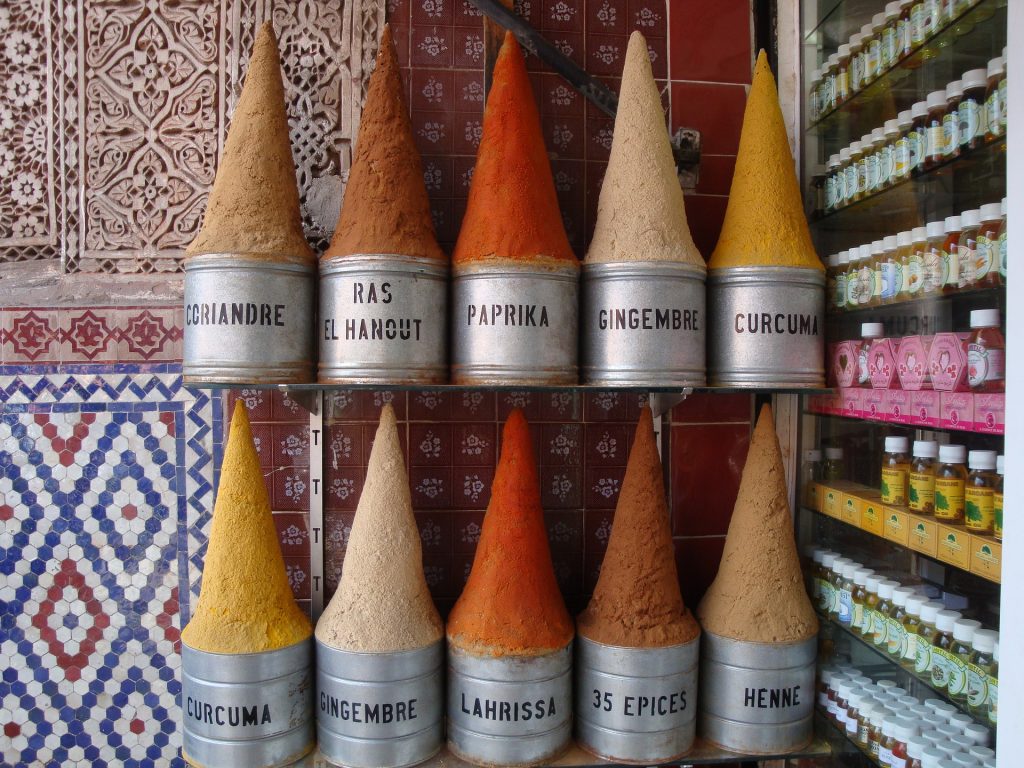
The famous Moroccan spice mixture ras el hanout consists of 27 combined spices!
What do you eat for breakfast in Morocco?
Much like the rest of the Arab world, breakfast always includes bread. Breads are accompanied by a variety of jams, chutneys, olive oil or clarified butter (ghee) and local cheese. Instead of a knife and fork, you go all local and use the bread as your cutlery. This is particularly good to scoop up all the juices, like melted butter and egg yolk.
Alternatively, you may be served Moroccan pancakes with semolina. Street for wise there is the local variant of the omelette which is well worth a try. For drinks it is usually mint tea, although fresh juices are readily available.
What can I expect for lunch in Morocco?
Lunch tends to be a bigger deal than dinner in Morocco, although this is far from absolute. A typical lunch meal begins with a series of hot and cold salads, very much in the Mediterranean ‘meze” style, followed by a tagine or Dwaz (more on them later).
What can I expect for dinner in Morocco?
I hope you like couscous! A formal meal, a lamb or chicken dish is usually served, or couscous topped with meat and vegetables. Moroccans tend to eat with their hands. Do it if you are brave enough, although fork and knife will be provided for those that need it. No need to panic….
The top 5 Moroccan dishes
When it comes to Moroccan cuisine you could (and many have) written thousands of words. We have decided to compact it into the 5 main dishes you are likely to, or should definitely try here.
- Couscous – Chances are you have already tried this, as it tends to be one of the health food fads that does the rounds. It is an absolute staple of Northern African cuisine, as well as France where it is consumed nationally as well as by immigrants. It is a Berber dish of small (about 3 millimetres (in diameter) steamed balls of crushed durum wheat semolina. It is traditionally topped with meat, or some kind of stew.
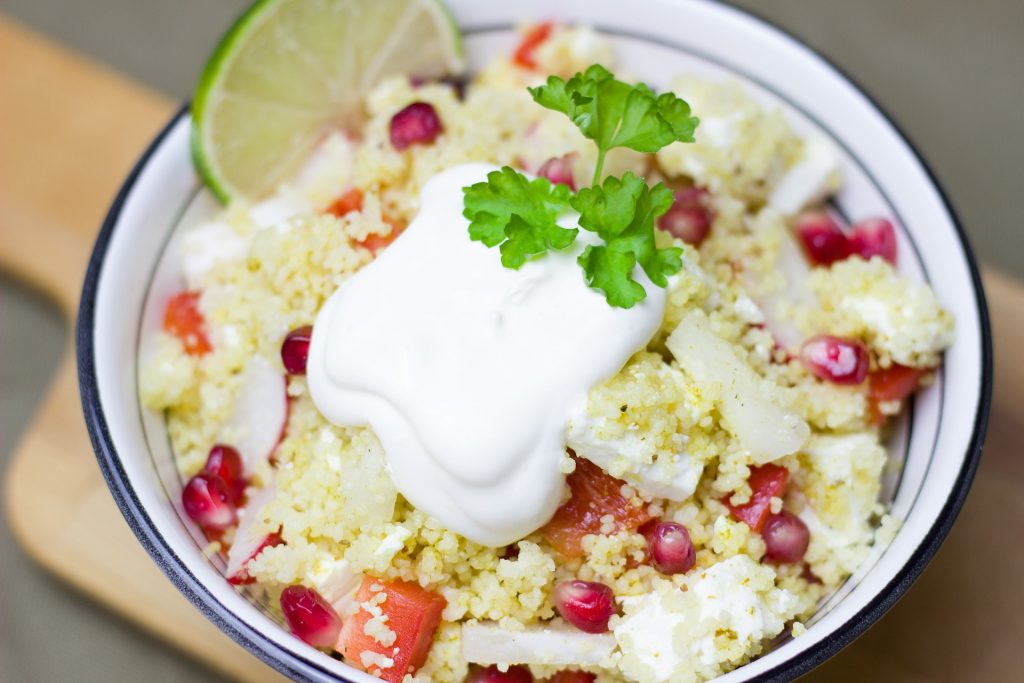
- Tagine – Tagine actually describes a whole heap of dishes cooked in clay pots throughout the country and wider region. You will see it everywhere from Moroccan street food to fine dining establishments. Like s clay-pot stew, meat and vegetable based, and to varying degrees of spiciness. Served with bread to mop up all the juices!
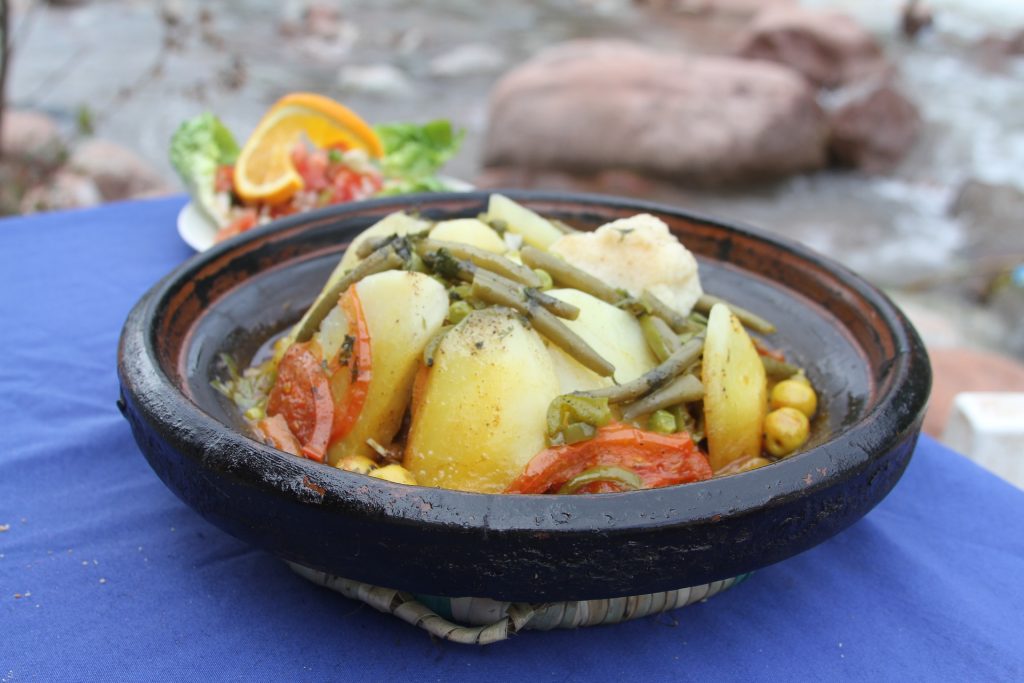
- Hariri Soup – Particularly famous during Ramadan. This soup is used at sunset to break the fast. It’s made with tomatoes, lentils, chickpeas and lamb. It is then topped with a squeeze of lemon and some coriander. Usually it’s served with a sticky sweet pretzel called chebakkiya, which could also deserve its own inclusion!
- Makouda – The street food of Morocco is legendary. Head to the main squares of any major city in Morocco and get prepared to be blown away. Do they have kebabs? Of course, but they also have Makouda. These are literally small potatoes in batter that you dip into spicy sauce. They are not exactly kept friendly.
- Fish chermoula – Fish chermoula is another mainstay of Moroccan food. With its long coast its really no surprise we would swing in a fish dish! Chermoula is a combination of local herbs and spices used to marinade before grilling the fish over coals. The marinade is then used like a dipping sauce. Top notch.
Moroccan Deserts
If you have a sweet tooth, you will be happy to know that so do Moroccans! Seasonal fruits tend to be the mainstay of Moroccan desserts, although they also make a wide array of pastries–perhaps due to the French influence. Of course, they also have their own variation–the Moroccan baclava–which whilst not as famous as its Egyptian counterpart, is very good.
What can you drink in Morocco? Can you drink in Morocco?
As an Islamic country Alcohol is not widely consumed, although it is legal to drink here. Generally speaking you can drink in bars, restaurants, hotels and the like. Drinking on the streets, or indeed public displays of drunkenness are strictly prohibited. Morocco makes amazing grapes, so therefore makes good wine.
The capital of alcohol production is the city of Meknes, which the French turned into the vineyard of Morocco. In the whole Arab world Morocco produce the second most amount of wine.
Moroccan Beer
Morocco also produces a number of their own beers, such as Flag Speciale, Flag Pils,Stark premiere, and Casablanca Beer. Casablanca Beer is quite strong and was originally created for the export market, so you may have even already tried it!
Moroccan Tea Culture
Like other countries of the region tea is a big deal, but Morocco is dominated by mint tea. You get served it at every meal, including breakfast. It is also traditionally given on arrival at many places as a sign of friendship. This is tea culture.
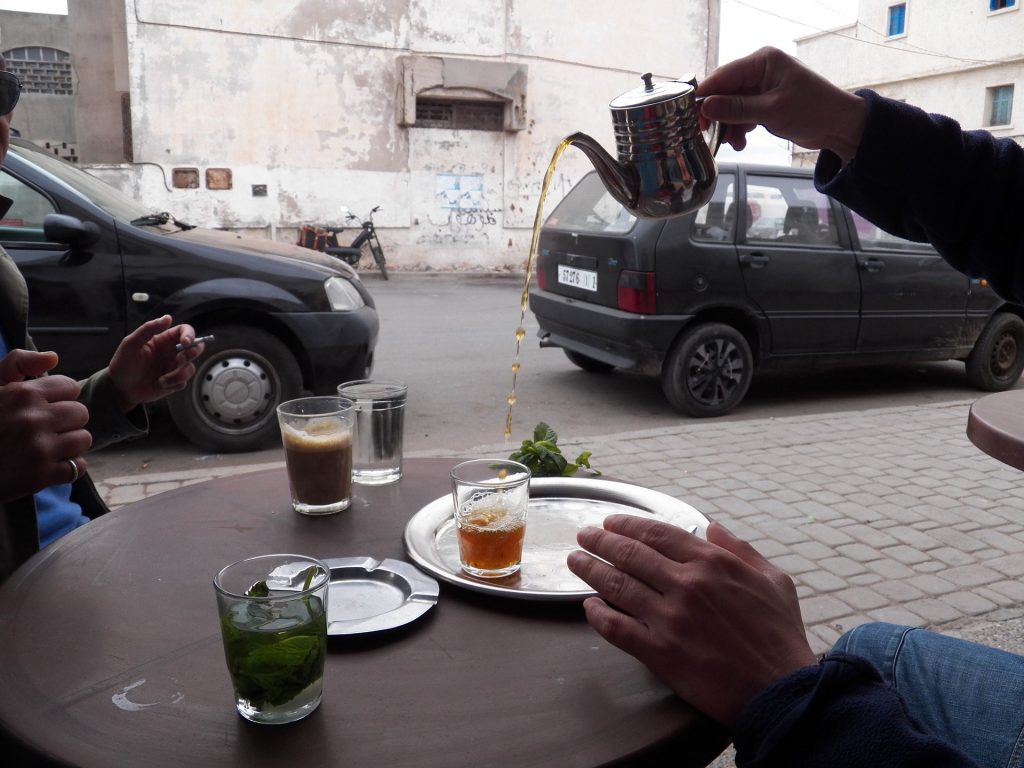
Vimto in Morocco
Vimto is a very British soft drink! It was embraced by the Arab World after it boycotted Coke for entering Israel. Try it, it’s really good!
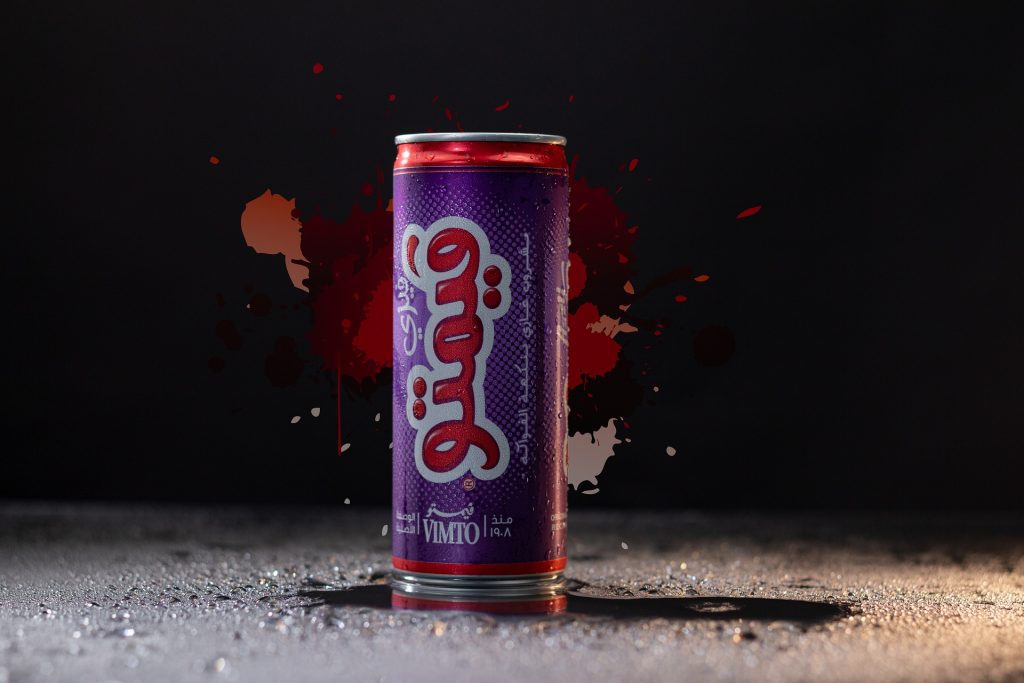
To read more about Vimto, click here
Of course the best way to experience the cuisine of Morocco is to join one of our group tours.
Alternatively, check out our independent tours to Morocco





